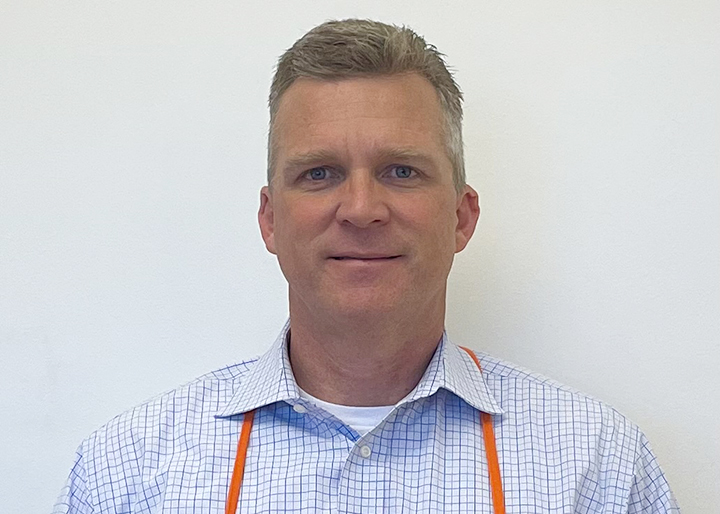HOME MORTGAGE LENDING REBOUNDS NATIONWIDE WITH ACROSS-THE-BOARD GAINS IN SECOND QUARTER OF 2024
Residential Loans Surge 23 Percent Quarterly, Climbing Back to Levels from a Year Earlier; Purchase, Refinance and Home-Equity Lending All Increase; Despite Shift, Lending Activity Still Off Nearly Two-Thirds from 2021 Peak ATTOM, a leading curator of land, property, and real estate data, released its second-quarter 2024 U.S. Residential Property Mortgage Origination Report, which shows that 1.62 million mortgages secured by residential property (1 to 4 units) were issued in the United
Read More











